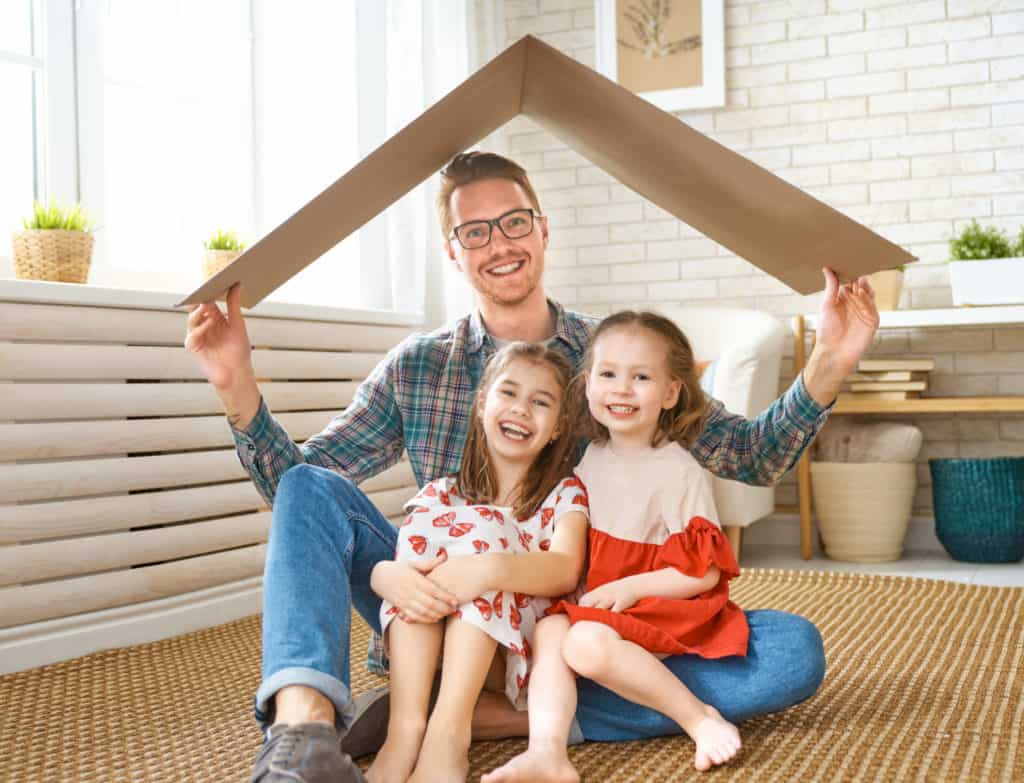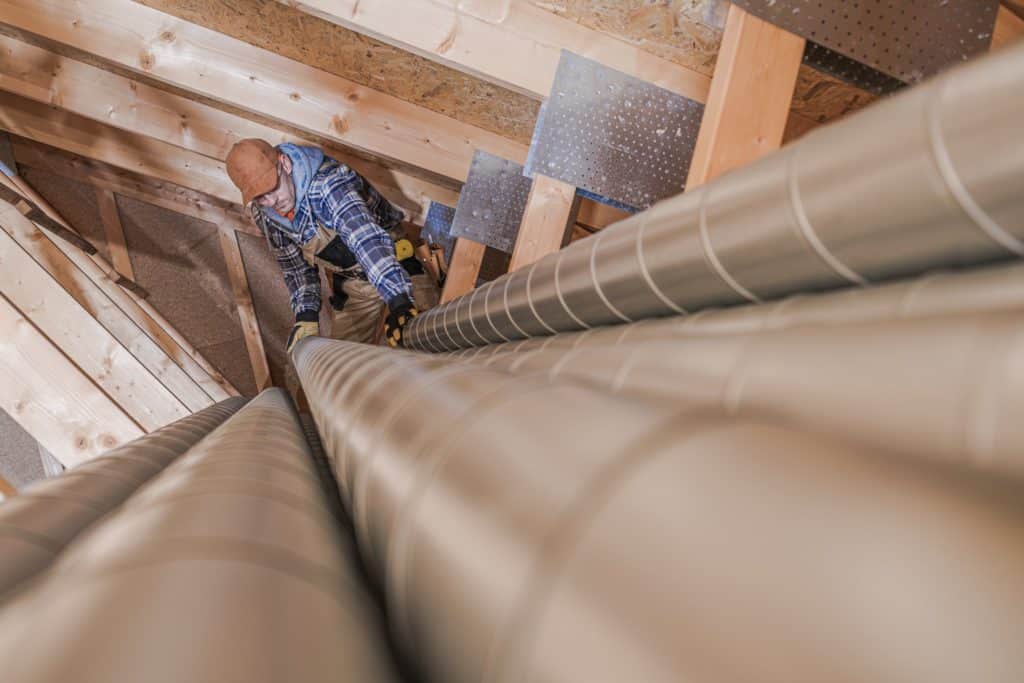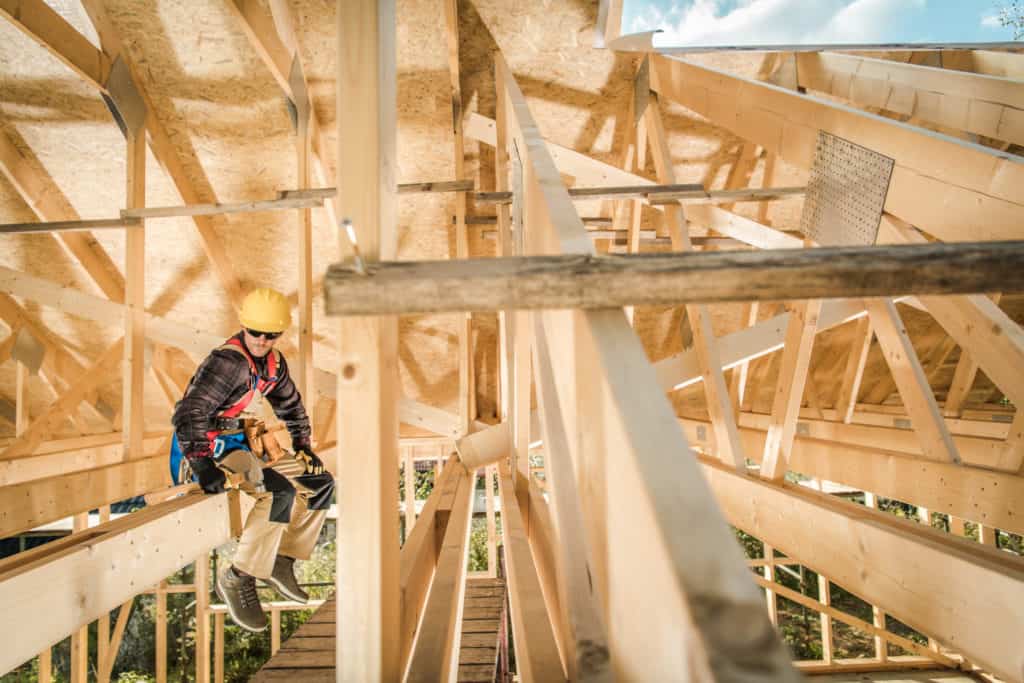Before undergoing a residential roof replacement, you should know what to expect. It is essential to prepare for work, particularly if you have children. Pets and outdoor items should be removed from the premises while the work is ongoing. Moreover, you should discuss the changes with your family members and arrange for the safety of all outdoor items.

Preparation for a residential roof replacement
A new roof is an exciting investment and can add value to your home. However, your home is still a work zone, and preparing ahead of time will help protect your valuables and your family’s safety during the replacement. If you’re in the market for a new roof, there are a few things you can do to make the process go as smoothly as possible. Here are some tips to help you prepare for a residential roof replacement.
Keep small children and pets inside during the replacement. This is important for the safety of everyone in your home, especially your children. You may want to move children to another room for safety and lock your pets in a safe room. Pets should also be kept indoors, where they won’t be distracted by the construction noise.
Get rid of heavy items from your home. These can cause a lot of damage if they fall. Also, remove any wall hangings or other fragile items from the area. This is especially important if you have young children, as they can be easily upset when construction begins. Ensure your children are in a safe place during the installation; if you can’t, call a friend or relative to watch over them.
Make sure you contact your neighbors in advance. Roofing projects are noisy and can disturb nearby property owners. Informed neighbors can make arrangements to deal with the disturbance.

Exhaust pipes and vents
While re-roofing a residential home, paying attention to the exhaust pipes and vents is essential. These should be appropriately connected to the attic. If they are not, the resulting air can contain toxic byproducts of combustion that can enter the living area. These toxins are hazardous to your health and can cause fires if they enter your home near combustible surfaces.
These pipes connect to drain pipes and help control the pressure of wastewater discharged from your home. Proper airflow is necessary to ensure drainage and prevent methane gas from entering your home. A clogged vent entrance can result in a leaking pipe and an unpleasant odor inside your home.
Roof exhaust pipes and vents can be a significant cause of ice dams. To avoid these, your contractor should cut enough sheathing from the peak of your roof to allow proper ventilation. Then, they should cover the peak with a continuous ridge vent, allowing the exhaust air to exit while preventing the entry of debris and wind-driven rain entry.
Whether you have a central air conditioning unit or a furnace, these pipes must be adequately connected and vented during a residential roof replacement. This will ensure that airflow is maintained in your home, preventing ice dams and odors and ensuring that the airflow from your roof is clean and safe for the entire home. If the exhaust pipes and vents are not properly connected, the new roof may suffer from carbon monoxide buildup and new roof sickness.

Major construction
The process of re-roofing a residential home can be an overwhelming task. During the process, your home will become a construction site, with workers and roofing contractors needing access to all areas of your house. You should keep children and pets away from the work area during this time. Some homeowners even choose to move out until the project is finished. Others may not be prepared to deal with the noise and dust during the process, so it’s important to plan for this situation.
Noises
A residential roof replacement will create a lot of noise. The roofers will hammer on the roof all day, and these loud sounds will reverberate throughout the house. If you have young children or pets, you might want to move to another location while the project progresses. You can also wear earplugs to protect your hearing.
Cracks in the foundation may also cause loud noises. These cracks can cause the roof to shift, causing loud noises. This is particularly noticeable when the sun shines, or the air conditioning turns on. Before a residential roof replacement begins, ensure the existing roof is removed.
The noise level associated with a residential roof replacement depends on the size and style of the home. For instance, a two-story home will produce a muffled noise, while a ranch-style home will have full-force banging noises. If you live in a busy neighborhood, you may want to find a quiet area where the work does not disturb others.
Some homeowners opt for earplugs or headphones to minimize noise levels during a residential roof replacement. Others choose to watch TV at home while the job is taking place. The noise levels may be high enough to make it difficult to sleep.
Tarps
Tarps are an essential part of the roofing process. They are used to protect your home from wind and weather. When using a tarp, extending it beyond the damaged area by about 3 feet is essential. You should also use thicker tarps rather than thin ones. You can also purchase tarps that have UV inhibitors. These can help keep your home dry until you can make repairs.
Covering any holes when using tarps during a residential roof replacement would be best. This will protect your home from any debris falling from the roof. If your tarp has holes, you can cover them with plywood. Make sure to screw it in every six to twelve inches to ensure it stays in place. You should also clear your roof of any debris before putting up the tarps. Also, it is essential to avoid lifting large objects to prevent damage. In Florida, inclement weather and hurricanes are common causes of roof damage.
Before using tarps, you should measure the area that needs to be covered. A tarp should extend at least three feet on all sides. It would be best to consider any holes large enough to allow water to pool and cause the tarp to fall. The good idea is to buy half-inch plywood to cover any big holes. You can use wood screws to secure it.
Cost
The cost of residential roof replacement varies based on several factors. Some of these factors are outside the homeowner’s control, such as the type of roof, but others are beyond their control. For example, the geographical location, roof size, and materials used all affect the overall price.
A gable-type roof is relatively easy to work with, costing less per square foot. On the other hand, Hipped-type roofs are more complex to work with and tend to cost more per square foot. Hipped roofs that protrude past a home’s edge on all four sides are slightly steeper. Mansard and A-frame roofs are also steeper, requiring square footage so that they can cost more.
When considering a new roof, consider your current roof’s lifespan. While the lifespan of your roof depends on the materials and environment, it can indicate that it’s time for a new roof. For example, if your roof is missing shingles or has water damage, algae, or other damage, you may need to consider replacing it. In addition, knowing the cost upfront will help you avoid making costly mistakes.



